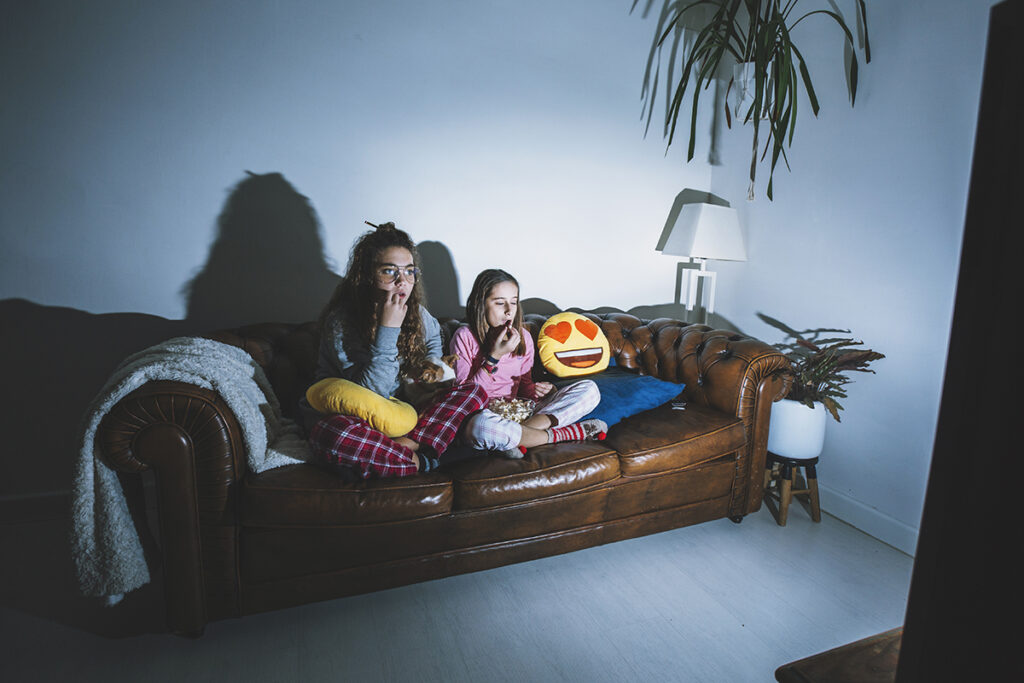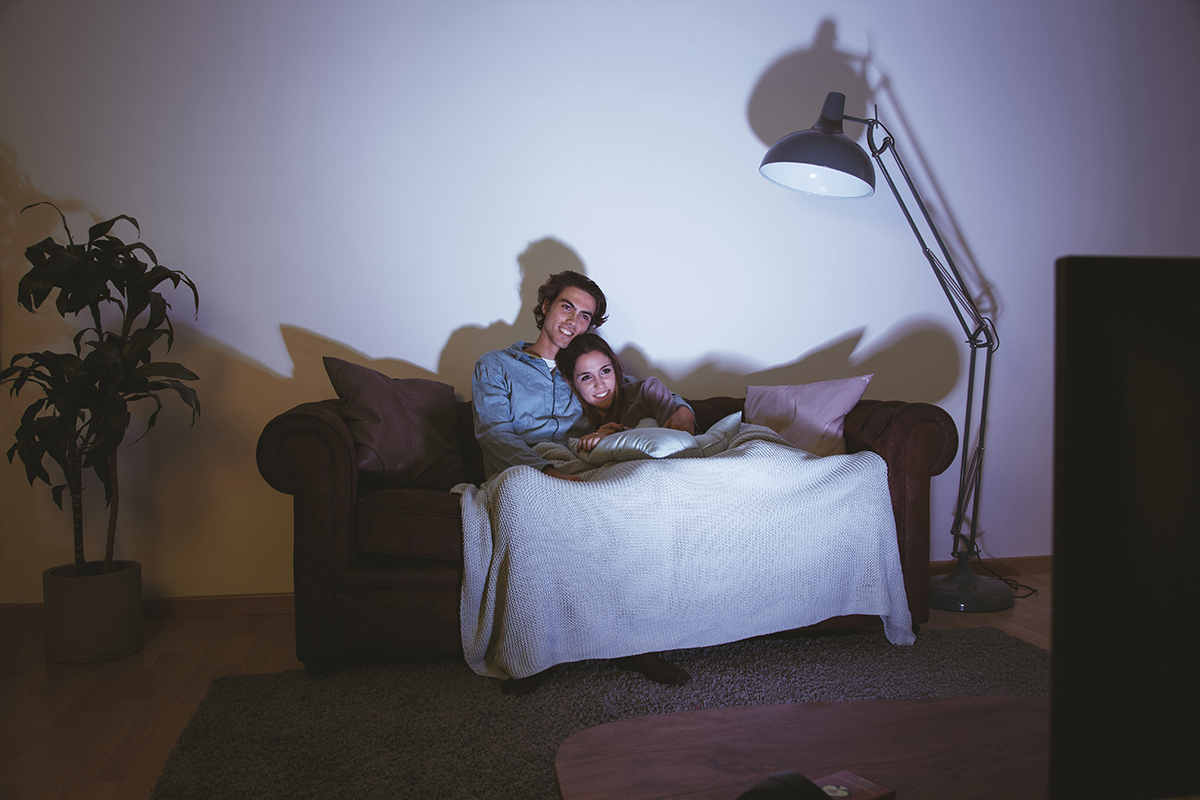
4 Easy Upgrades to Turn Your TV Room Into a Cozy Home Theater
When the rainy season brings stormy weather, it’s best to stay dry and safe at home. And what better way to spend a rainy day than watching TV with your family? If your family loves to bond over watching movies and bingeing on your favorite shows, they may appreciate an elevated viewing experience. If you’ve been thinking of doing some home improvements, consider upgrading your garden-variety TV room to a bona fide theater room that you and your family can enjoy.
You may already have a state-of-the-art smart TV with sky-high resolution and all sorts of fancy features, but there’s much more to consider when putting together a good home theater. You’ll have to think about the amount of light and sound in the room, what sort of seating to provide and how to lay it out, and a host of other elements. If you’re unsure about where to start, this handy guide can help you out.
Minimize Ambient Light
Ambient light refers to light that comes from sources other than your screen or viewing setup. The light that enters the room from windows is one example of ambient light, as is the light that leaks from under or around doors or comes from artificial light sources within your home theater itself. Ambient light can severely diminish the quality of the picture you see on your TV screen and mess up your viewing experience. Hence, controlling it is going to be one of your first considerations when planning out your theater space.
The best way to minimize ambient light is, of course, to set up your home theater system in a room that isn’t so brightly lit to begin with. For this reason, windowless spaces like basements are perfect for converting into movie rooms. If you don’t have a ready space where the lighting is already low, however, you can always get blackout curtains or shades to darken the room adequately.
Soundproof the Room

In conjunction with limiting ambient light, you’ll also want to minimize the amount of ambient noise that enters the room from the outside. Hopefully, your TV room is already set up in one of the quieter parts of your house, which will give you a solid foundation to work with for reducing noise. From here, you have plenty of options for how to improve the room’s acoustics.
If you’re building your home theater from scratch or can afford to splurge a bit, consider having your walls soundproofed with specialized acoustic boards, foam panels, or wall-to-wall carpeting. Thicker curtains are a cheaper alternative, as they’ll also help absorb soundwaves in addition to blocking out ambient light. Lastly, it may be worth swapping out your room’s hollow door for one with a solid core to keep more noise out.
Set Up a Quality A/V Rack
Next to your TV, the rack on which you store all your audiovisual components will probably be the most important part of your home theater. This is where you’ll be storing all the devices that will let you control any entertainment-related activities you do in that room. Blu-ray players, cable boxes, gaming consoles, and other similar electronics can all be stored here.
Choose a metal rack that’s strong enough to hold all your tech. Do also go for an option that’s open on the front and back, as well as on the sides if possible. This promotes good ventilation and will protect your devices from overheating with prolonged use.
Naturally, you’ll want to situate your A/V rack next to an electrical outlet. As home entertainment has become increasingly internet-dependent, you’ll also want to place the rack in a part of the room where the Wi-Fi connection is strong. You can also consider routing an ethernet cable into the room for a steadier, more dependable internet connection.
Consider Seating Carefully

Choose seating options depending on your overall preferences for your home theater space. For instance, does your ideal movie viewing experience involve reclining in a comfy chair? Or would you prefer seats with built-in cupholders or flat arms that help you keep snacks close at hand? Do you like the idea of having separate armchairs for every viewer or prefer long couches where everyone can huddle together? Whatever your vision might be, it shouldn’t be too difficult to find comfortable seating options that will help bring it to life.
You’ll also want to arrange your seating carefully to ensure that everyone using your home theater has an unobstructed view of the screen. Some homeowners, for example, incorporate small platforms to ensure that those sitting towards the back of the room aren’t blocked by those in front of them. You’ll also want to make sure that your seats are positioned far enough away from your TV so viewers can take in the full screen.
While it does take a bit of effort and planning to truly elevate your home entertainment experience, setting up a bona fide home theater need not be complicated. With just a few careful tweaks, you too will be able to create a dedicated entertainment space that you and your loved ones will easily want to hang out in, regardless of the weather.
Related Products
- Sold OutFeatured21% Off
 [wc-ps tag="span"]Compare
[wc-ps tag="span"]Compare- Bi-Directional Sound
- High Power 500W
- Bass Booster Function
- LED Party Lights
Original price was: ₱15,499.00.₱12,300.00Current price is: ₱12,300.00.













